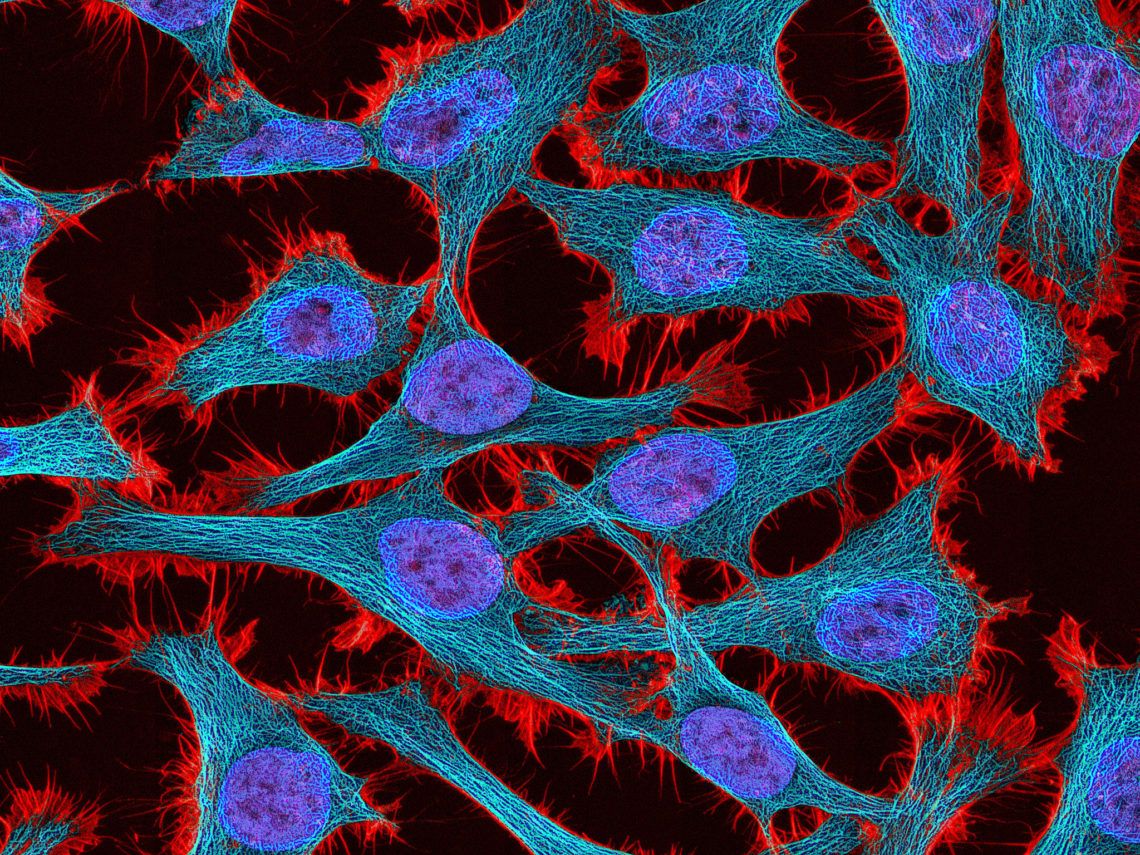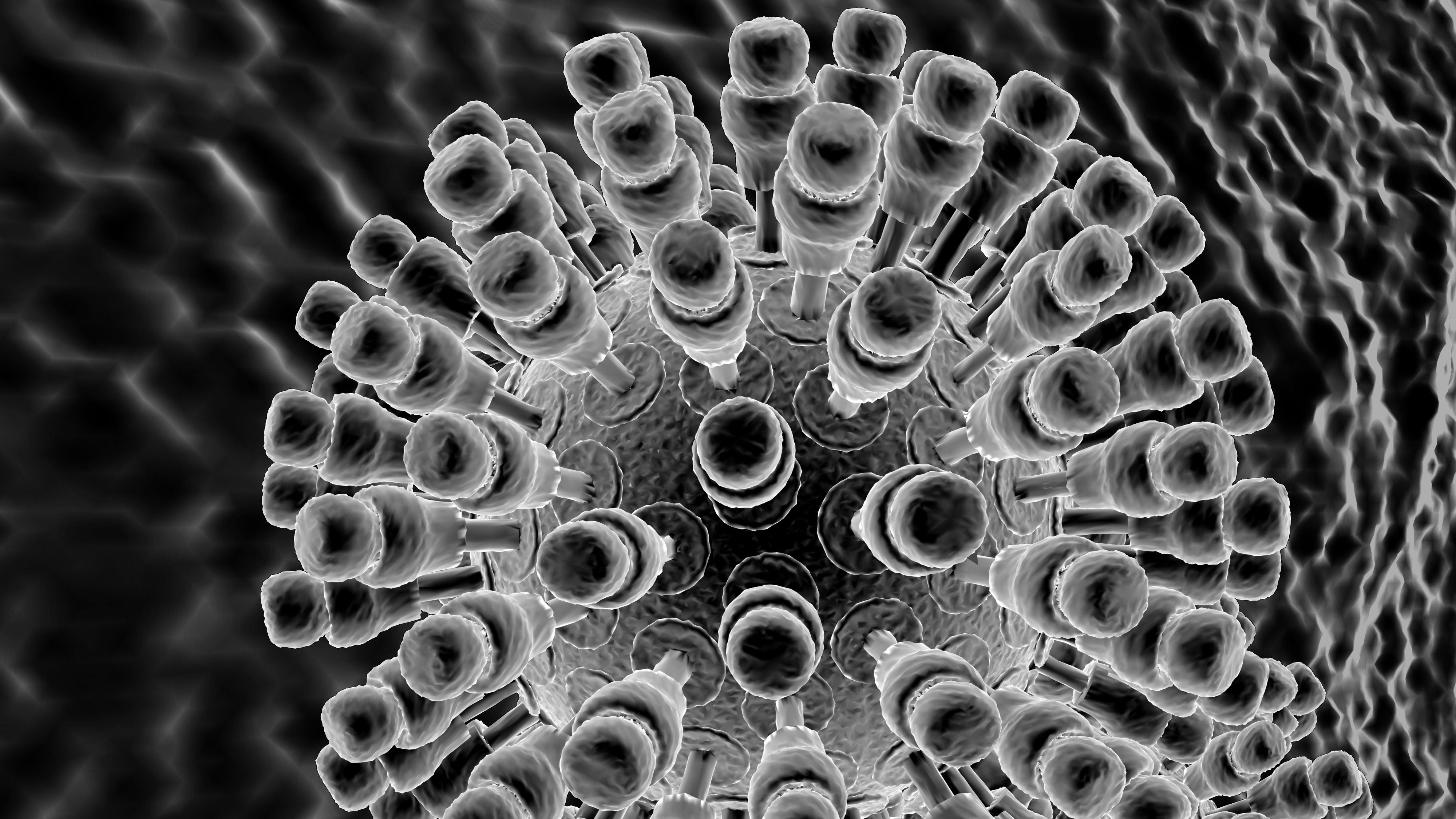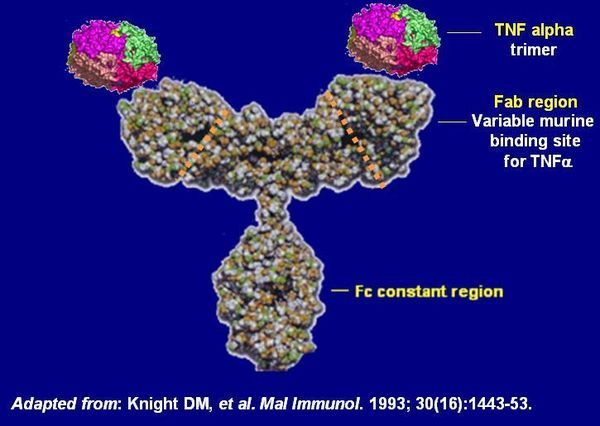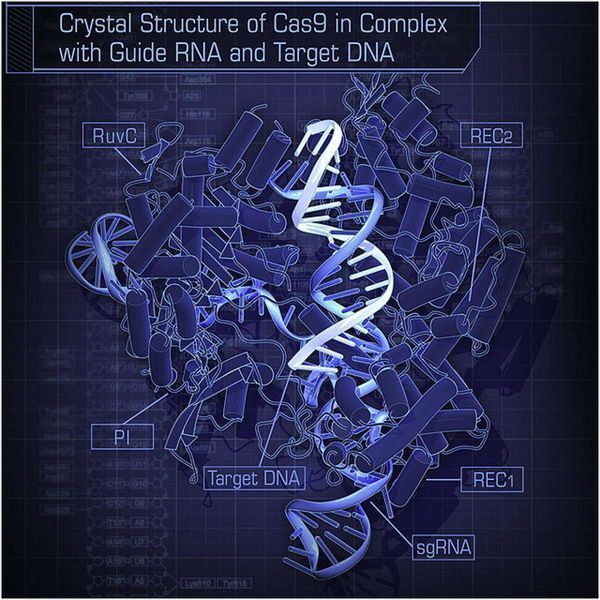Technology giant IBM is known for of making bold predictions about the future, and it’s just announced its latest “5 in 5” list, highlighting the five innovations that they think will have the biggest impact on our lives over the next five years.
According to the company, in only a few years, we’re set to see huge developments in artificial intelligence (AI), ultra-powerful telescopes, smart sensors, and medical devices — with benefits ranging from healthcare and the environment, to our understanding of Earth and the Universe itself.
Of course, all these predictions are based on technology and research developments that are happening right now — there’s no way of knowing what else might crop up in the next five years.







